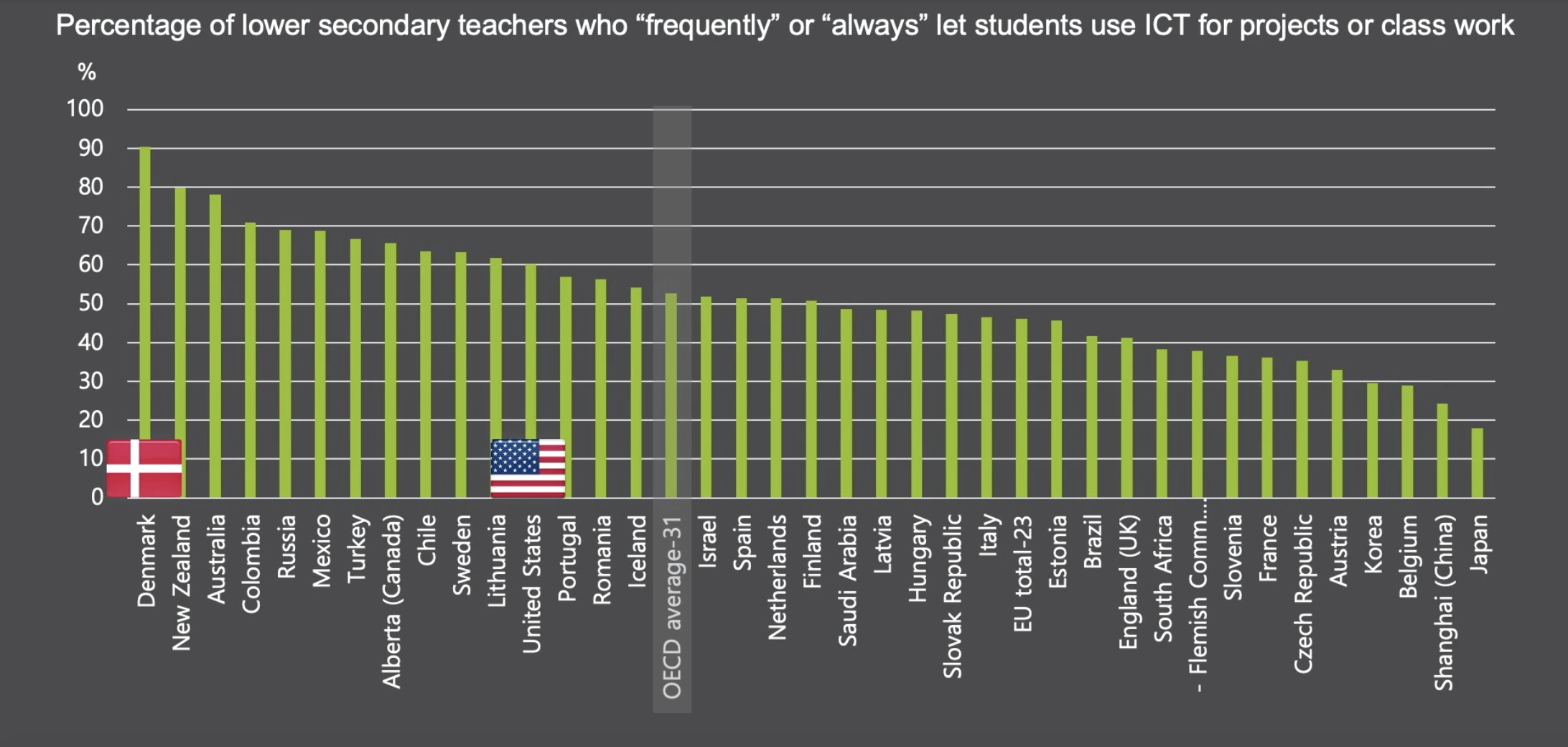New Report Estimates School Closures’ Long-Term Impact on the U.S. Economy at More Than $14 Trillion

This year’s school closures won’t just result in the loss of students’ academic skills; it could negatively impact the economy for the rest of the 21st century, new research predicts.
In the U.S., for example, the closures could ultimately amount to a loss of almost $14.2 trillion over the next 80 years, according to the study, released by the Organization for Economic Cooperation and Development, an international group with 37 member countries that promotes economic growth policies. Another three months of learning losses could stretch that figure to almost $28 trillion.
The authors suggest, however, that schools could recoup some of those losses by “individualizing the instruction,” in which students work at their own speed to master academic goals.
“Unless schools get better, the current students will be significantly harmed. Moreover, the harm will disproportionately fall on disadvantaged students,” wrote economists Eric Hanushek of Stanford University and Ludger Woessmann of the University of Munich. They added that “permanent learning losses are not inevitable if countries improve the learning gains of their students in the future.”
The new research was featured this week in another OECD paper and a webinar using existing data from international studies to analyze the impact of the pandemic on key educational indicators.
The potential long-term damage to the economy is “why it is important for education systems to get back on track as quickly as they can,” Andreas Schleicher, OECD’s director for education and skills, said during the online event. Schleicher notes that even if school performance were to immediately return to pre-pandemic levels, countries would continue to see economic declines. That’s because “learning loss will lead to skill loss, and the skills people have relate to their productivity,” he wrote.
Drawing from surveys and data gathered before the appearance of COVID-19, Schleicher puts issues such as education spending and students’ use of technology in the context of what schools have experienced since March.
He notes the Coronavirus Aid, Relief and Economic Security, or CARES, Act, enacted in March, as one example of what countries have done to prevent deep, short-term cuts. But he also notes that the effects of the pandemic on education spending could be long-lasting.
“Forecasts predict that the pandemic will lead to slower growth in government spending in the coming year,” he wrote, “and that if the share of government spending devoted to education were to remain unchanged, education spending would continue to grow but at significantly lower rates than before the pandemic.”
Using OECD’s 2018 Teaching and Learning International Survey, the paper also demonstrates the degree to which online platforms and resources influenced how students and teachers performed prior to the pandemic.
“Digital technology became the lifeline of technology,” Schleicher said during the webinar. “Suddenly, teachers’ and students’ technological skills became critically important.”

The data show that the U.S. was better positioned than some countries, such as Finland, France and the Czech Republic, to make the transition to remote learning, but not as prepared as Denmark, New Zealand and Australia.
Average class sizes before school closures in March are also likely to determine how quickly schools are able to accommodate in-person learning again. At the primary level, average class sizes in the U.S. line up with the OECD average of 21; Chile had the highest class sizes before the pandemic, with 31, and Costa Rica had the lowest, with 16.
“Countries with smaller class sizes may find it easier to comply with new restrictions on social distancing provided they have the space to accommodate the number of students safely,” Schleicher wrote.
During the webinar, Schleicher also offered lessons for the U.S. based on recent OECD studies and test results.
“The U.S is lucky that it has a lot of money in education, but I don’t think it’s using its resources very wisely,” he said, adding that there’s more funding going toward an “industrial structure” and district bureaucracy than quality classroom instruction. One chart in his presentation, for example, showed that the U.S. ranks last in teacher salaries compared with 29 other countries.
Much of the education spending in the U.S., he added, still goes toward “wealthy students.”
“Align the resources with needs,” he said. “Where you can actually make most of the difference is [with] the students who need it most.”
In their paper, Hanushek and Woessmann also recommend that school systems work simultaneously on improving distance learning and reopening schools.
“Comprehensive measures must be taken to ensure that learning takes place everywhere again,” they wrote. “It is possible and important to build upon the new organization of schools to ensure that the schools are actually superior to the pre-COVID schools.”
Get stories like these delivered straight to your inbox. Sign up for The 74 Newsletter

;)
